Paranthropus lineage as result of Australopithecus afarensis — Gorillae interbreeding, and the origin of Pthirus pubis 3.3 million years ago
The host switch of Pthirus gorillae to Australopithecus afarensis 3.3 million years ago (Reed et al, 2007) could be explained by interbreeding of A. afarensis with ancestors of gorilla, around the region where Chororapithecus is found.
It is known that gorilla ancestors lived just south of Danakil, where the chimpanzee-human-last-common-ancestor (CHLCA) split happened, as Chororapithecus abyssinicus fossils from 9 million years ago are found in the chorora formation, by the mid ethiopian rift (MER).
The chorora formation originates from the Ethiopian plateau and has formed by faulting of the mountain. The evolution of gorilla was the result of the Ethiopian plateau forming around 15 million years ago, and gorilla ancestors adapting to higher elevation and to forage stems and leaves as a result of less fruit available, and to store fat.
The Australopithecus afarensis population which evolved on Danakil, migrated southwards as the pliocene flood basalts formed in Afar, and explored the edges of the Ethiopian plateau along the rift valley, coming into contact with gorillae, and inter-breeding resulting in a host switch of Pthirus gorillae from gorilla to Australopithecus pubic hair in the genital region.
Paranthropus bosei, 2.4 -1.4 Ma
What are examples of species separated by 5 million years that have interbred?
Common bottlenose dolphin (Tursiops truncatus) and the false killer whale (Pseudorca crassidens) are separated by 8 million years, and can interbreed [source]. The offspring is often called a Wholphin, and is fertile and can reproduce.
Phylogenetic Status and Timescale for the Diversification of Steno and Sotalia Dolphins - plos.org
Loss of chromosome event that lead to 23 chromosomes in humans took place after interbreeding
Human chromosome 2 is a result of an end-to-end fusion of two ancestral chromosomes. The event that resulted in the fusion would have taken place after the interbreeding of A. afarensis and the gorillae lineage, possibly around the time where Paranthropus disappears from the fossil record.
Gorilla DNA in human genome, 2012
Although 70 percent of the human genome is indeed closer to chimpanzees, on average, a sizable minority of 15 percent is in fact closer to gorillas, and another 15 percent is where chimpanzees and gorillas are closest. This is often explained with incomplete lineage sorting (ILS), that inheritance of genes from the common ancestor led to the resulting gene pools.
The same pattern could also be caused by an hybridization event around 3.3 million years ago, giving rise to the Paranthropus lineage, as well as resulting in the host switch[source] of Pthirus gorillae to Australopithecus afarensis.
References
New geological and palaeontological age constraint for the gorilla–human lineage split,
http://www.nature.com/nature/journal/v530/n7589/abs/nature16510.html
Gorillas More Related to People Than Thought, Genome Says,
Insights into hominid evolution from the gorilla genome sequence,
https://www.nature.com/nature/journal/v483/n7388/full/nature10842.html
Pair of lice lost or parasites regained: the evolutionary history of anthropoid primate lice,
https://www.ncbi.nlm.nih.gov/pmc/articles/PMC1828715/
Notes
The fused chromosome is unique to humans and is fixed, the fusion must have occurred after the human–chimpanzee split, but before modern humans spread around the world, that is, between ∼6 and ∼1 million years ago (Mya; Chen and Li 2001; Yu et al. 2001) (Fig. (Fig.5).5). This gross karyotypic change may have helped to reinforce reproductive barriers between early Homo sapiens and other species, as the F1 offspring would have had reduced fertility because of the risk of unbalanced segregation of chromosomes during meiosis.
Genomic Structure and Evolution of the Ancestral Chromosome Fusion Site in 2q13–2q14.1 and Paralogous Regions on Other Human ChromosomesFor the most part the Australopithecus species A. afarensis, A. africanus, and A. anamensis either disappeared from the fossil record before the appearance of early humans or seem to have been the ancestors of Homo habilis, yet P. boisei and P. aethiopicus continued to evolve along a separate path distinct and unrelated to early humans. Paranthropus shared the earth with some early examples of the Homo genus, such as H. habilis, H. ergaster, and possibly even H. erectus.[4]
Australopithecus afarensis and A. anamensis had, for the most part, disappeared by this time. There were also significant morphological differences between Australopithecus and Paranthropus, although the differences were found on the cranial remains. The postcranial remains were still very similar. Paranthropus was more massively built craniodentally and tended to sport gorilla-like sagittal crests on the cranium which anchored massive temporalis muscles of mastication.[4]
https://en.wikipedia.org/wiki/Paranthropus
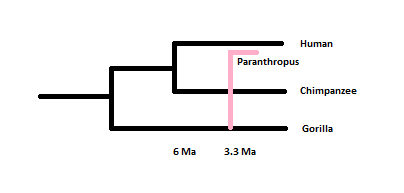
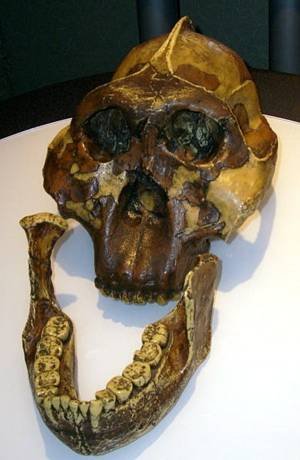
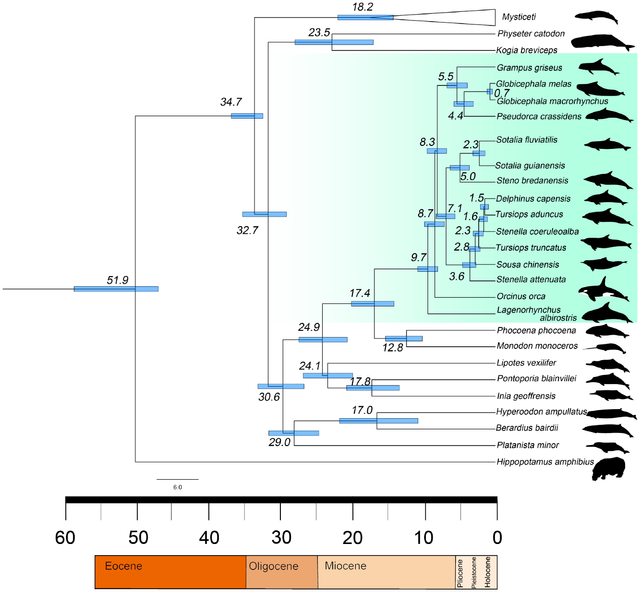
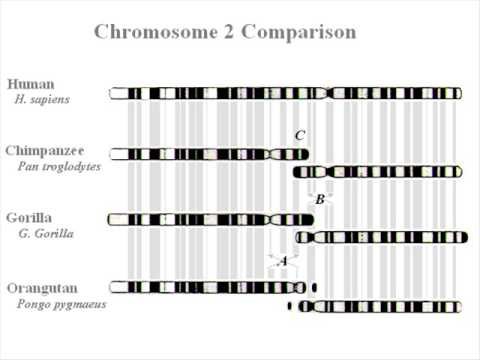
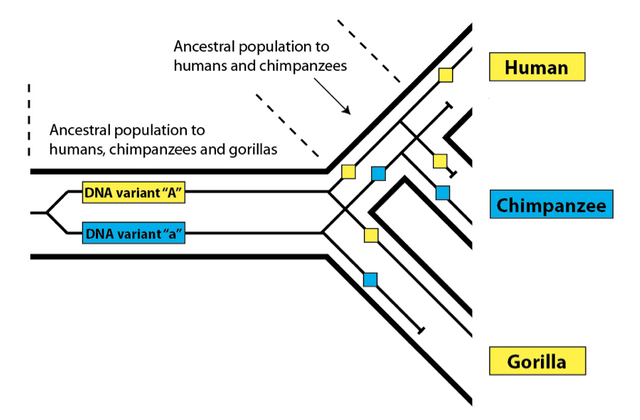
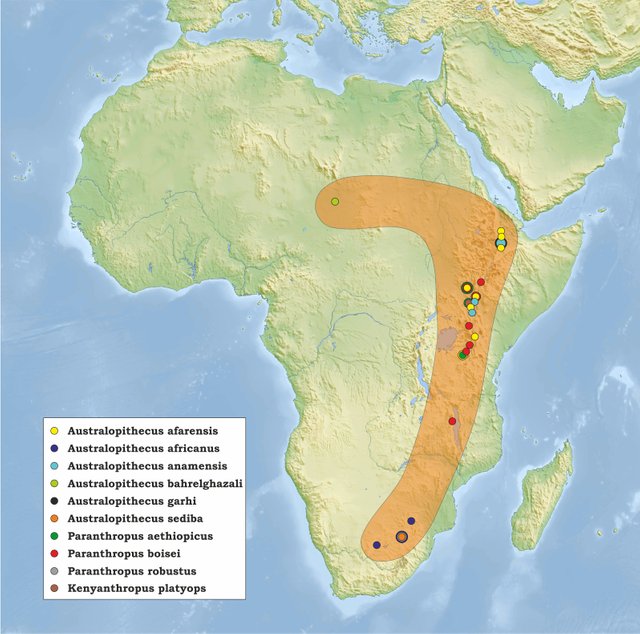
waw interesting stuff!
not to be tangential, but thanks to this post I just went down the Wholphin rabbit hole for the first time...
damm some really incredible information you shared very cool